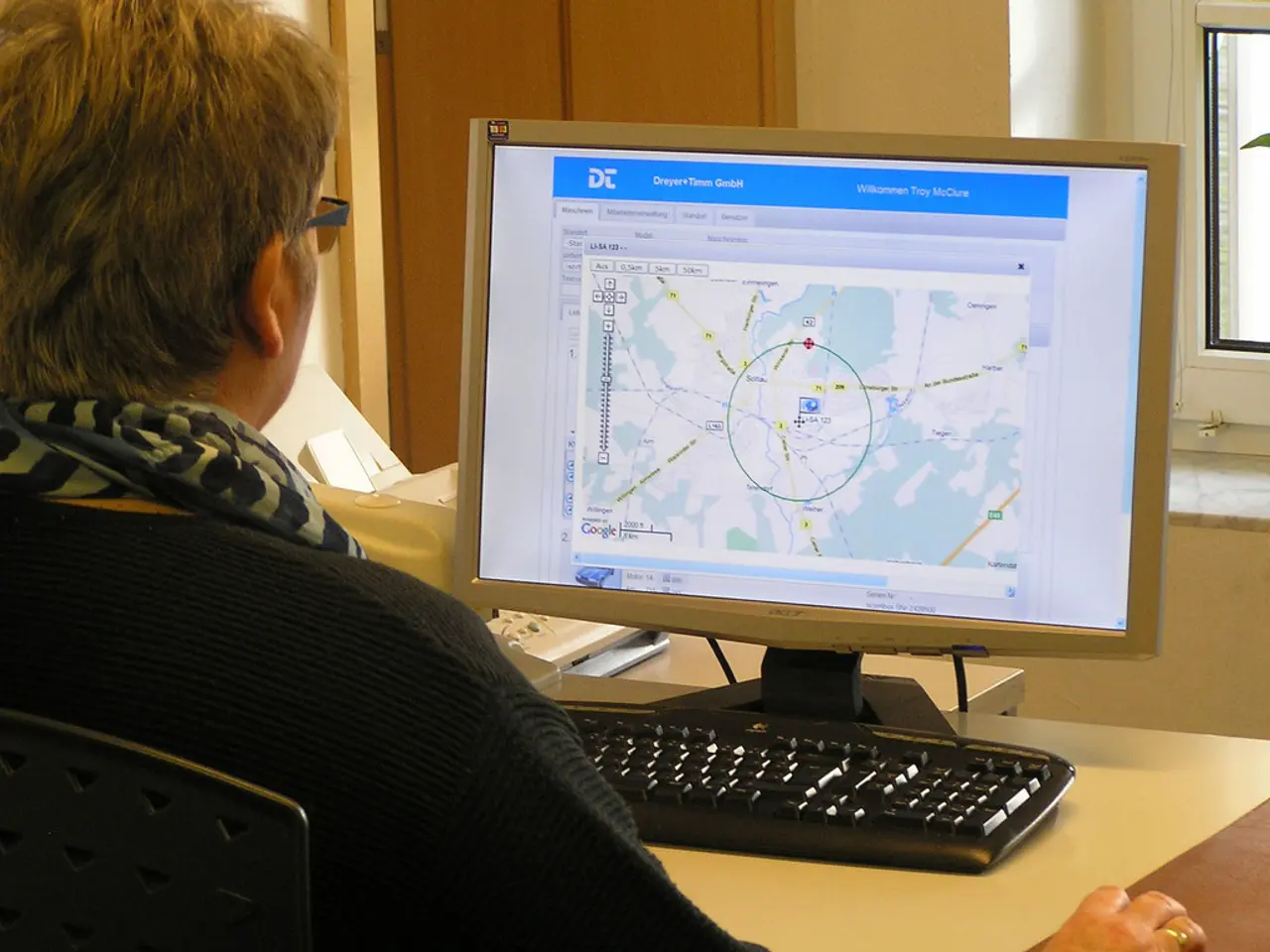Windows 10 Support Ceases Next Month: Learn How to Upgrade Your PC to Windows 11 If You Haven't Yet
Upgrading to Windows 11 offers a less complicated way to update your system, preserving most settings, applications, and files. Here's a simplified guide to help you navigate the process.
Upgrading Existing Windows 10 to Windows 11
To upgrade your existing Windows 10 to Windows 11, follow these steps:
- Initiate the update process by clicking the Start menu, then "Settings," then "Update & Security," and finally clicking the upgrade button for Windows 11.
- During the installation, a screen will ask if you want to restore a saved backup. If you have performed a full Windows Backup earlier, you can choose to restore it at this point.
- If you want to preserve existing files, programs, and settings, choose the option provided by the Windows Setup page.
Performing a Clean Install of Windows 11
For a clean install of Windows 11, a USB flash drive of at least 8GB capacity is required. Here's how to do it:
- Boot from the USB drive to initiate the setup process.
- During the setup, choose "Custom: Install Windows" to erase the computer's internal drive before installing Windows.
Backing Up Your Files
Before updating or performing a clean install, it's essential to back up your files. Here are two options:
- Manually copy folders and files from the PC to the drive.
- Perform a system-wide backup that preserves Windows settings. This can be done using the Windows Backup feature in the PC's start menu.
Alternatively, Microsoft's cloud service, OneDrive, can also be used for backing up files.
Considering Linux as an Alternative
For those who have had issues with Windows in the past, a clean installation of Windows 11 may be preferred to reduce the chance of experiencing bugs during the update. However, Linux, an open-sourced operating system, can also be considered as an alternative. Originally developed by Linus Torvalds, Linux's ongoing development is coordinated by a global community of open-source developers. Specific Linux distributions, like Fedora, are organized by projects often sponsored by companies such as Red Hat.
Post-Installation Steps
After the installation finishes, if you only moved files and folders over manually during the backup process, you can copy them manually to the computer through File Explorer.
Important Dates to Remember
- Microsoft will cease support for Windows 10 on October 14, 2025.
- Users can request extended security updates for Windows 10 for an extra year.
Accessing the Windows Recovery Environment (WinRE)
To boot into the Windows Recovery Environment (WinRE), restart your computer while holding the shift key. This can be useful in case of any issues during the upgrade or installation process.
In conclusion, upgrading to Windows 11 offers a less complicated way to update your system while preserving most settings, applications, and files. By following this guide, you can ensure a smooth transition to the latest version of Windows.
Read also:
- Peptide YY (PYY): Exploring its Role in Appetite Suppression, Intestinal Health, and Cognitive Links
- Toddler Health: Rotavirus Signs, Origins, and Potential Complications
- Digestive issues and heart discomfort: Root causes and associated health conditions
- House Infernos: Deadly Hazards Surpassing the Flames








